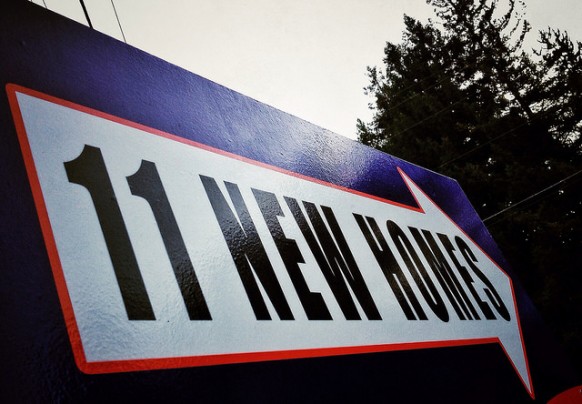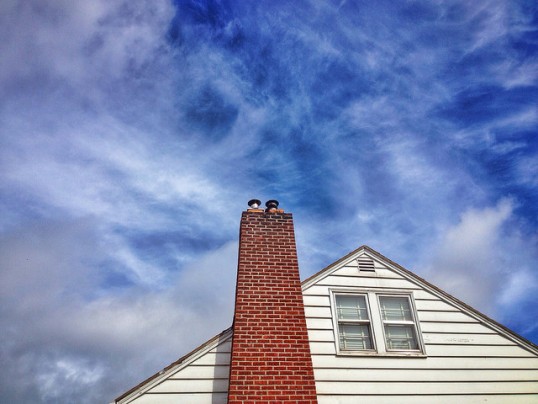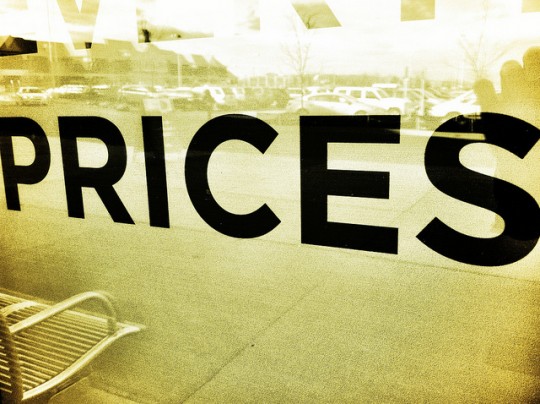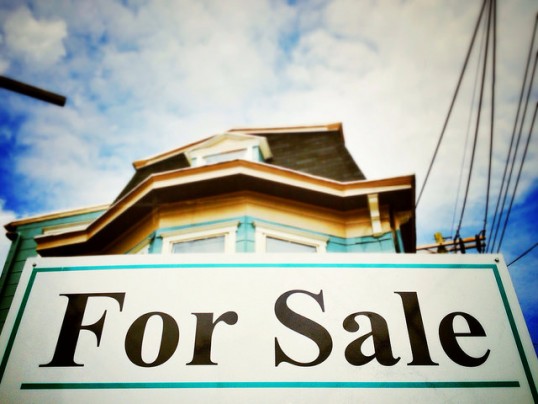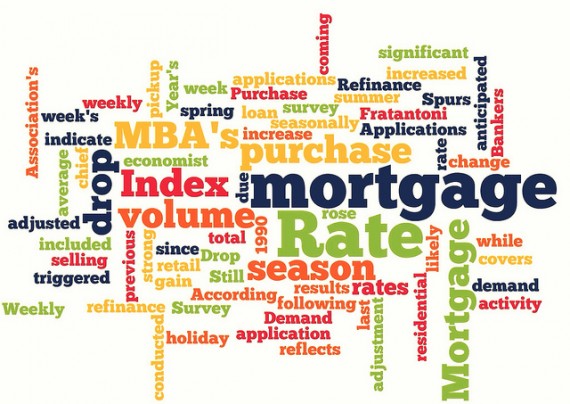Builders are more optimistic about the market for newly built single-family homes than at any time since November 2005, according to the most recent National Association of Home Builders Housing Market Index. The index – which measures builders’ confidence on a scale where any number above 50 indicates more builders view conditions as good than poor – rose for the fourth straight month, reaching a level of 59. Kevin Kelly, NAHB’s chairman, said, since early summer, builders in many markets across the nation have been reporting that buyer interest and traffic has picked up, which is a positive sign that the housing market is moving in the right direction. In fact, the index components measuring current sales conditions and buyer traffic both rose five points from the month before. Regionally, three-month moving averages show the Midwest up 5 points, the South up 4 points, a 3-point gain in the Northeast, and a 2-point increase in the West. All regions, except the Northeast, scored higher than 50, with the Midwest leading with a 59. More here.
Archive for September 2014
Mortgage Rates, Home Loan Demand Both Rise
According to the Mortgage Bankers Association’s Weekly Applications Survey, demand for mortgage applications surged last week from the week before. The MBA’s Market Composite Index – which measures both refinance and purchase demand – was up 7.9 percent from the previous week. Mike Fratantoni, MBA’s chief economist, said application volume rebounded coming out of the Labor Day holiday, even as rates increased to their highest level in the last few months. In fact, mortgage rates increased across all loan categories, including loans backed by the Federal Housing Administration, 15-year fixed-rate loans, and 30-year fixed-rate mortgages with both conforming and jumbo balances. Despite increasing rates, refinance activity was up 10 percent from the week before and demand for loans to buy homes rose 5 percent from one week earlier. The refinance share of total mortgage activity reached its highest level since February. The MBA’s weekly survey has been conducted since 1990 and covers 75 percent of all retail residential mortgage applications. More here.
What Young Buyers Want In A Home
Young Americans between the ages of 18 and 34 – also known as the Millennial Generation – have been slower to become homeowners than previous generations. But though there are a lot of theories as to why that is, there is also building evidence that they are becoming increasingly interested in homeownership. For example, recent data shows that, among Millennials who don’t own a home, 92 percent say they want to buy in the future. So what do prospective Millennial buyers want in a home? Proximity to amenities is among the top considerations. Younger buyers want to be close to transportation, their jobs, bars, and restaurants. They are also more interested in smaller homes and more flexible spaces compared with previous generations. According to a recent survey, they are also more likely to want a home in a good school district. School district was a deal breaker for 52 percent of young buyers. Other preferences include a home with good tech and cell phone coverage and, of course, affordability. More here.
Most Markets Affordable For Young Buyers
There has been a lot written lately on how student loan debt is holding back the housing market’s recovery. The theory is that recent college graduates are not buying homes at the rate that they used to and it’s because they are saddled with the debt they accrued while in college. A new analysis from RealtyTrac, however, disputes this idea. The analysis, which looked at median home price and average student loan debt in 494 counties across the country, found that in 96 percent of them a graduate making the median income could afford a median-priced home. For the study, affordable was considered up to 43 percent of monthly income spent on a house payment. Daren Blomquist, RealtyTrac’s vice president, said though the results show the vast majority of markets are affordable for recent grads with student loan debt, they have to earn 34 percent more than graduates without debt in order to afford a median-priced home. However, considering that there were 12 counties judged to be unaffordable with or without debt, the study’s findings mean nearly all represented markets could be afforded by young Americans making their area’s median income. More here.
Home Price Increases Vary By Location
Asking prices lead actual home sales prices by a month or two. And, because of this, they are a good indicator of where home prices are headed. According to Trulia’s most recent Price Monitor – which measures asking prices on a monthly, quarterly, and yearly basis – prices rose just 1 percent in August. The slight increase is in keeping with recent trends showing home prices rising at an ever slowing pace. The rate at which prices are rising, depends a lot on location. For example, prices are rising in the South at a faster rate than they are in the Northeast. In fact, seven of the top 10 metros with the largest year-over-year gains are in the South. Price increases, to some extent, are also influenced by how hard your local market was hit by the foreclosure crisis. In areas where there were a lot of foreclosures, home values fell farther faster. But as those foreclosures sold, prices naturally went up, since foreclosures usually sell at a discount. That means, areas that cleared their foreclosure inventory faster saw price increases earlier. Now, those markets are beginning to slow down. Areas that took longer to sell off their foreclosed inventory, on the other hand, are now beginning to see sharp price increases. More here.
Americans Say Now Is A Good Time To Buy
A majority of surveyed Americans said they think now is a good time to buy a house, according to the most recent National Housing Survey from Fannie Mae. But though 64 percent of respondents said now is a good time to buy, that number has fallen six percentage points since June. Doug Duncan, Fannie Mae’s senior vice president and chief economist, said the change is due to a lack of income growth. “To date, this year’s labor market strength has not translated into sufficient income gains to inspire confidence among consumers to purchase a home, even in the current favorable interest rate environment,” Duncan said. Still, the number of participants who said they felt it would be easy for them to get a mortgage rose from the month before and the percentage of respondents who said they expect their personal financial situation to get better over the next year also increased. According to the release, the housing market’s recovery may pick back up in 2015, after an up-and-down 2014. Fannie Mae’s survey polls 1,000 Americans to assess their attitudes toward homeownership, home price changes, the economy, household finances, and overall consumer confidence. More here.
Home Loan Demand Falls With Rate Rise
According to the Mortgage Bankers Association’s Weekly Applications Survey, the average contract interest rate for 30-year fixed-rate mortgages with conforming loan balances increased slightly last week. It was the first increase in four weeks. Rates on jumbo loans, loans backed by the Federal Housing Administration, and 15-year fixed-rate mortgages all fell. The slight uptick in rates on conforming loans led to a slowing of refinance activity, which brought the Market Composite Index – a measure of both refinance and purchase application demand – down 7.2 percent. Mike Fratantoni, MBA’s chief economist, said, though the weekly increase in rates was small, they were trending up in the week following Labor Day. Still, much of the drop in demand was due to the 11 percent decrease in refinance activity. Demand for applications for loans to buy homes, though down, only fell 3 percent from the previous week. The MBA’s weekly survey has been conducted since 1990 and covers 75 percent of all retail residential mortgage applications. More here.
